Location
9669 Forest Lane Dallas,
TX 75243 USA
(214) 815-8728
Location
9669 Forest Lane Dallas,
TX 75243 USA
(214) 815-8728
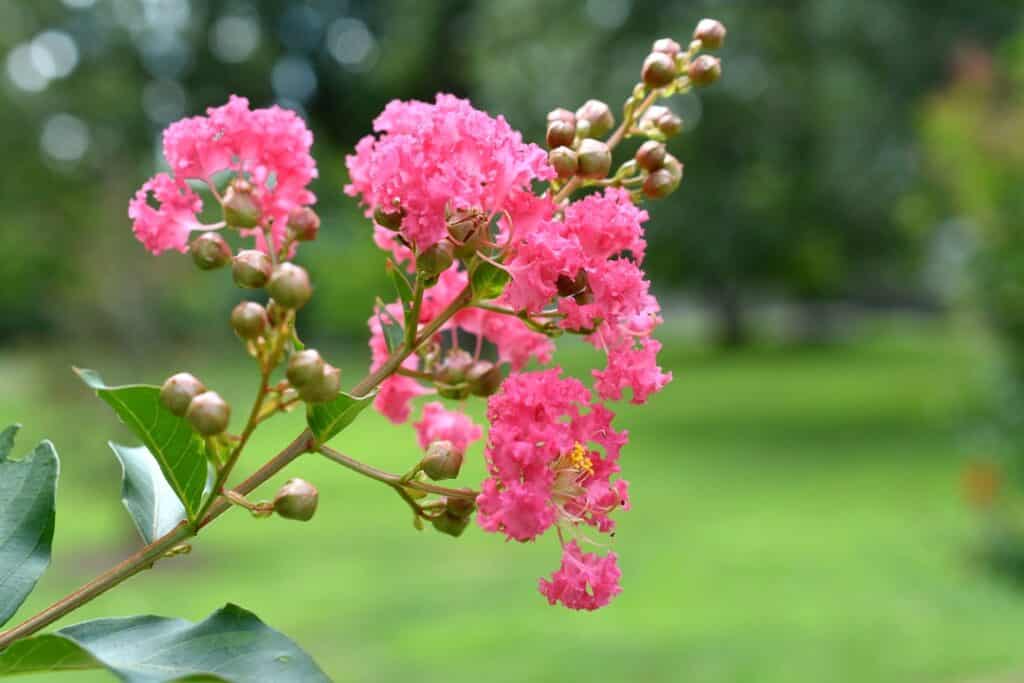
In 1997 Crape Myrtle was declared as the Texas State shrub. These dwarf trees and bushes have the sympathy of people because of their amazing color (deep red and purple) with their showy summer flowers, colorful fall foliage, and attractive exfoliating bark in winter. But crape myrtles can suffer from diseases. The most common problems include Cercospora leaf spots, aphids, sooty mold, Japanese Beetles, and powdery mildew. In this article, we will tell you about crape myrtle diseases and how to treat them.
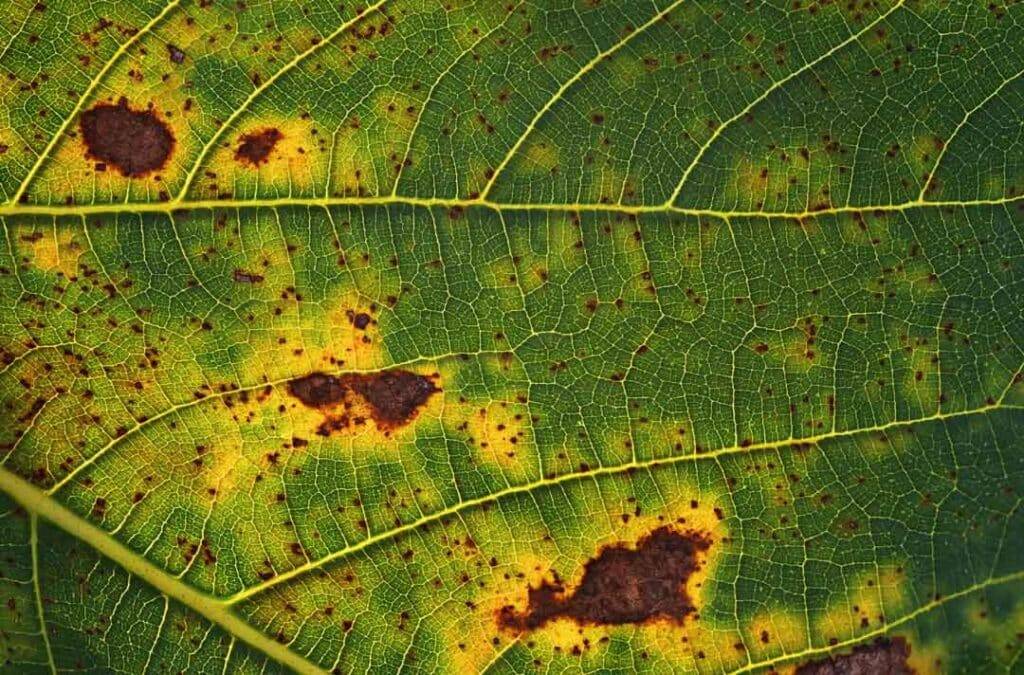
This disease is caused by the Cercospora fungus species. This disease commonly spreads in late fall or during humid weather. You can notice this infection on the upper leaf surface with white-grey sporulation of the fungus on the lower leaf exterior. The Cercospora leaf spots can result in almost complete desolation of your plant.
To save your lovely dwarf tree, you can try planting new resistant varieties to Cercospora fungi such as Tuskegee, Tuscarora, Velma’s Royal Delight, Fantasy, and Tonto. Chemicals for controlling Cercospora fungi are a good option too but it is better to be applied by a tree specialist.
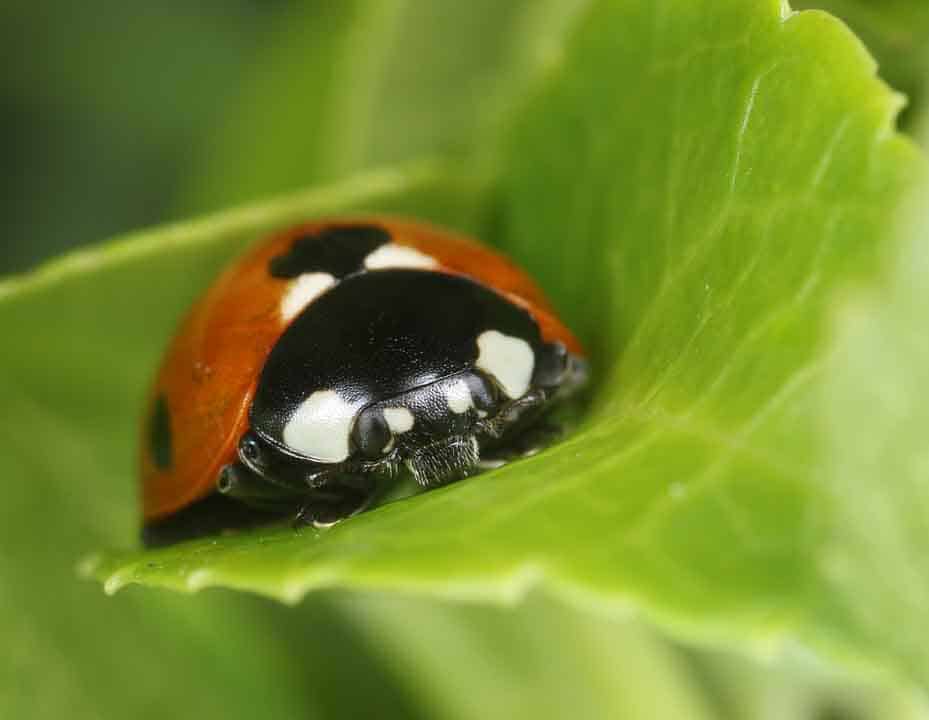
Crape Myrtle Aphids are small, fragile insects around 1⁄16 inch long. You can recognize them by the little black spots they have on the abdomen with a pale yellowish-green color. As eggs, they overwinter and brood during the spring. They only need 10 days to grow. Aphids feed by sucking plant sap that has sugar content. Then the aphids excrete a sugary liquid named honeydew that serves as food for sooty mold.
Many natural predators reduce the aphid population like ladybird beetles (ladybugs) & their larvae, entomophagous, parasitic wasps, hoverfly maggots, and green lacewings.
This pest can be treated and evacuated by spraying with a strong stream of water. You will need to repeat the operation regularly until you remove the disease.
This typical mold is caused as a byproduct of the honeydew of some pests like Crape Myrtle Aphids. This mold has a dark and dirty appearance on the surface of the leaves of your plant. And as it spreads, it becomes visible, and the surfaces are covered with a black sooty substance.
One of the best ways to combat sooty mold is to allow helpful insects like ladybeetles to reduce disproportionate amounts of this fungi. One more option is to spray the foliage with a dish soap solution.
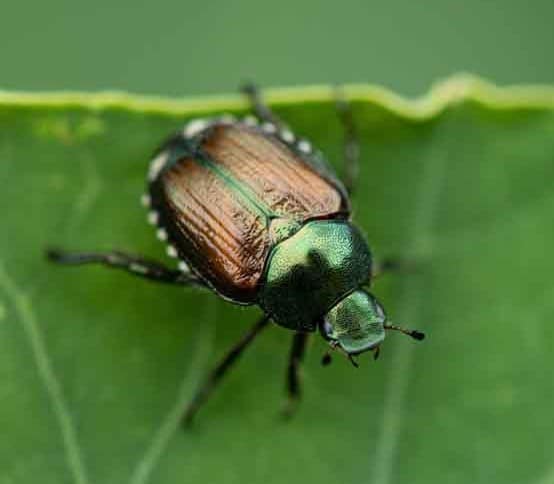
Japanese beetles come up from the soil and feed in the summertime. Then, they put down their eggs in the soil. Grubs are conceived from eggs and feed on grassroots. When the weather cools down, the grubs move more deeply into the soil to overwinter.
Something you should know is that both larvae and adult beetles can damage plants as they feed on roots and leaves. The larva of this beetle feed especially on the roots of grasses.
To attack adult Japanese beetles, you can handpick a pail of soapy water. For pest control, you can find commercial products such as neem oil, cyfluthrin, cyhalothrin, permethrin, or acephate. These insecticides and pesticides prevent future infestations by additional pests. Just remember to apply these chemicals with precaution, but it’s better to call the experts.
Powdery mildew is the most common crape myrtle disease. And it is caused by the fungus Erysiphe lagerstroemiae. Powdery white to grayish color growth occurs on the surfaces of flowers, leaves, and new shoots. It is favored by high humidity and sometimes occurs during fall and spring.
For treatment and prevention, you can locate the plant in full sun, and remove infected sprouts from the base of your crape myrtle. If only a few shoots are infected clearing away diseased twigs and branches may be possible. A good practice is to remove suckers at the base of the plant since it is very vulnerable to powdery mildew. The disease can infect quickly the entire plant.
Numerous applications of chemicals may be required if the disease is severe and persistent.
As we know plants are living beings like animals and people. Well, Crape Myrtle has a lifespan and you can identify or discover when your bush is declining by making a “scratch test.”
Tree care professionals suggest that if after scratching the thin bark of your crape myrtle, you notice it is still green that means your plant is still alive. You can do this analysis can do it with your fingernail.
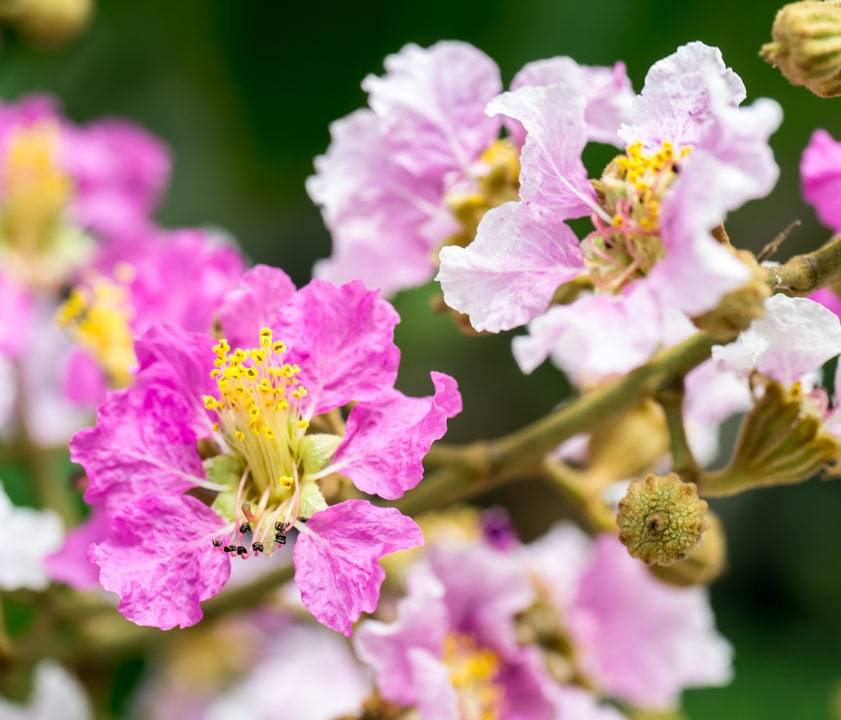
If you are noticing some new and unpleasant signs on your Crape Myrtle, you can read this list and practice our recommendations to take care of your plant:
Finally, if you want an eye-catching variety of plants in your yard, knowing how to take care of Crape Myrtles properly will ensure that you have an incredible show of blooms.
Rudy’s Tree Service serves in Dallas, Richardson, Plano, Garland, and Frisco, TX. Call us if you need our help!